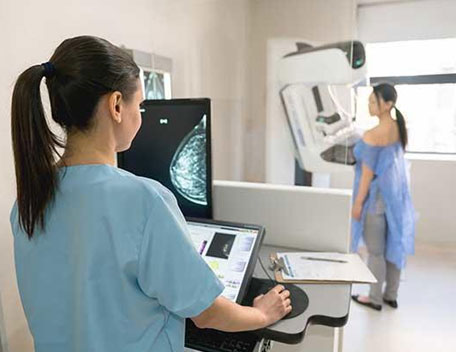

dr.bharatchauhan@gmail.com
Cancer screening aims to detect cancer before symptoms appear This may involve blood tests, urine tests, DNA tests, other tests, or medical imaging. The benefits of screening in terms of cancer prevention, early detection and subsequent treatment must be weighed against any harms.
Universal screening, also known as mass screening or population screening, involves screening everyone, usually within a specific age group. Selective screening identifies people who are known to be at higher risk of developing cancer, such as people with a family history of cancer.
Screening can lead to false positive results and subsequent invasive procedures. Screening can also lead to false negative results, where an existing cancer is missed. Controversy arises when it is not clear if the benefits of screening outweigh the risks of the screening procedure itself, and any follow-up diagnostic tests and treatments.

Screening tests must be effective, safe, well tolerated with acceptably low rates of false positive and false negative results. If signs of cancer are detected, more definitive and invasive follow-up tests are performed to reach a diagnosis. Screening for cancer can lead to cancer prevention and earlier diagnosis. Early diagnosis may lead to higher rates of successful treatment and extended life. However, it may also falsely appear to increase the time to death through lead time bias or length time bias.